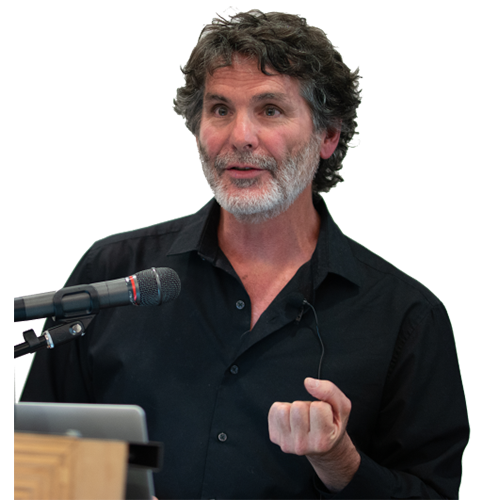Last modified 1995-08-11.
Time to read: 3 minutes.
Responsible Parents and ‘The Information Appliance’
Part 1 of 2
© Copyright 1996 Mike Slinn
Today’s children are growing up with ready access to information and global communications. Once connected, pre-teenagers take it for granted! It has become a part of their lives at such an early age that they view a computer with Internet access as an ‘Information Appliance’, no more remarkable than a microwave or even a toaster.
Most parents, however, have a different view; they think of computers and the Internet as somewhat daunting and complex. The media likes to portray the Internet in a sensationalist manner, and highlights ‘Big Brother’ and large, multinational companies controlling helpless citizens through intimate knowledge of personal information, malicious hackers engaging in computer crime, as well as rampant pornography. In fact, these sides of the Internet do exist, as well as other negative aspects (as any computer widow will tell you).
Global connectivity is powerful, and we are witnessing the beginnings of a societal revolution of greater import than the Industrial Revolution was in the last century. The Internet, like anything powerful, is neither good or evil, but can be used to great effect by motivated people.
Parents have a dilemma. In wanting the best for their children, they want to give them every opportunity, to learn, to grow, to have positive experiences and to develop strong values. More and more parents feel that their children should learn how to use ‘the information appliance’, yet they know that their children would soon outstrip them in their knowledge of the internet. How can parents monitor and control their child’s use of the Internet, especially when their children can ‘run digital rings around them’?
Did you Know...
Freedom of speech is good. It is important. Yet...
- Lurking pedophiles pose as ten-year-old pen-pals, strike up communications with children on the Internet. Some make improper suggestions and tell the kids inappropriate things, others arrange to meet with them. Parents should know how to prevent this!
- Teenagers order merchandise on-line from electronic stores, using their parent’s credit card information. It takes weeks for the parents to discover this, yet it is preventable!
- Information about illicit drugs is readily available on-line, such as ‘recommendations’ by other people as to why kids should try them, which drugs are the most ‘fun’, and how to obtain them. There are ways to restrict what information kids can access on the Internet, as well as when and how they do so.
- Hate literature is out there, and some of it is quite sophisticated, so that it is difficult for children to distinguish the underlying motives from what appears to be ‘nice’ material.
- Bomb-making information is available. Gee, what fourteen-year-old boy wouldn’t like to know how to make things that blow up. I know I had fun doing that; fortunately my parents understood and provided me with a safe place in the back yard for that. Not only is that information available, but so is information regarding where and when such bombs would cause the most damage, and how to put them there. Parents are liable for their children’s future!
Take Control of Your Child's Life Circumstances
You can offer your children the tools to obtain the knowledge and experiences that they will need to grow up happy and healthy. You don’t need to be a computer engineer, nor need you spend a lot of money or time in order to monitor and control what information that your children discover while on the Internet.
What you need is information. Software is a cultural thing, like music. Yes, you can teach yourself from a book, but you miss most of the flavor. The Internet has it's own culture, too. You don’t have to get very involved, if you don’t want to, in order to give your children an ‘electronic playpen’, safe from undesirable ‘information’. You just need to connect with the right information and tools.













